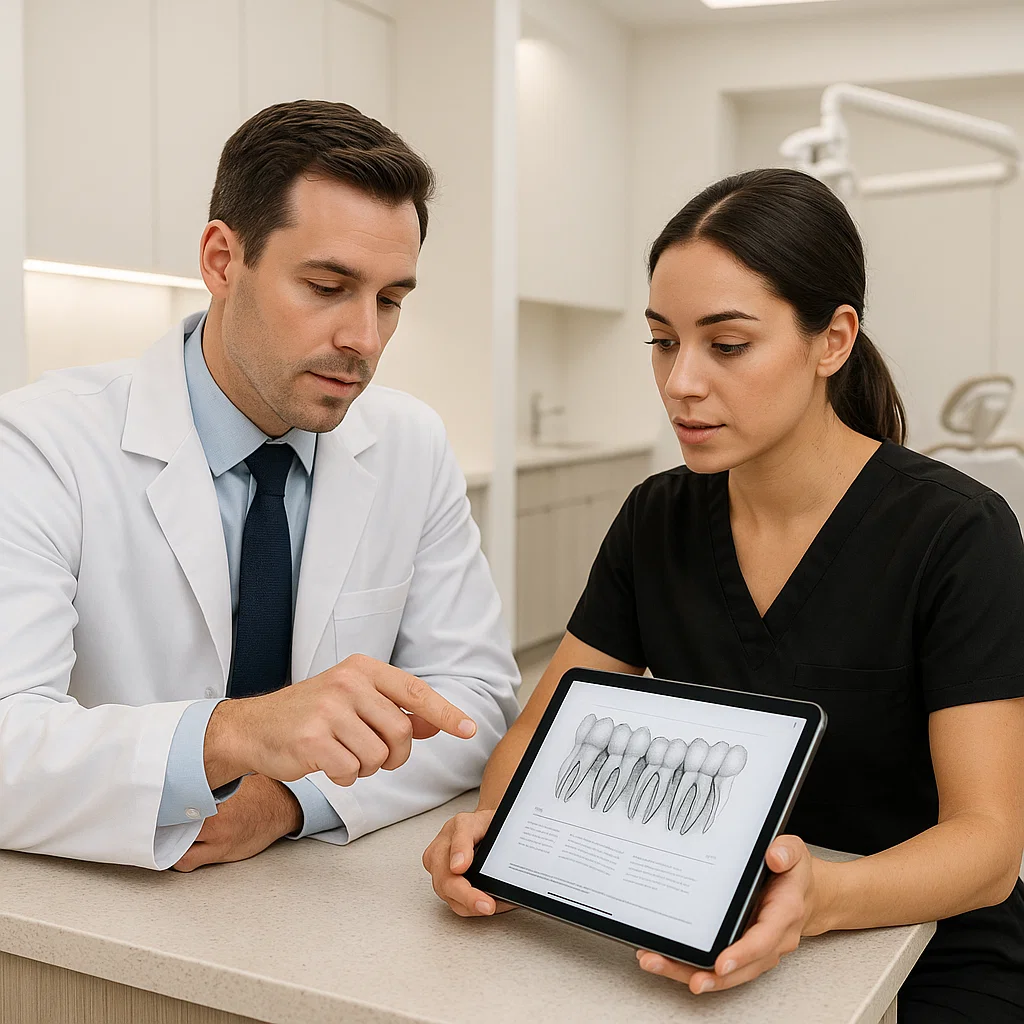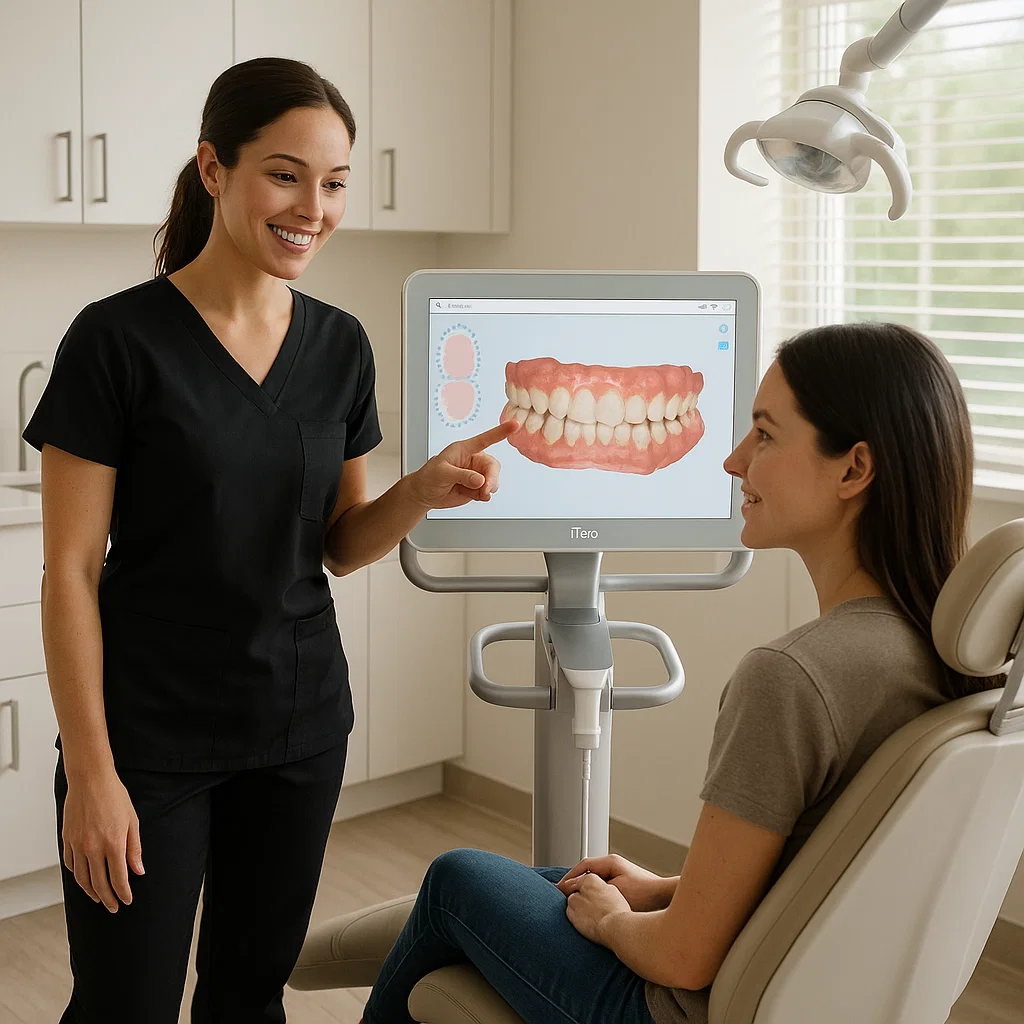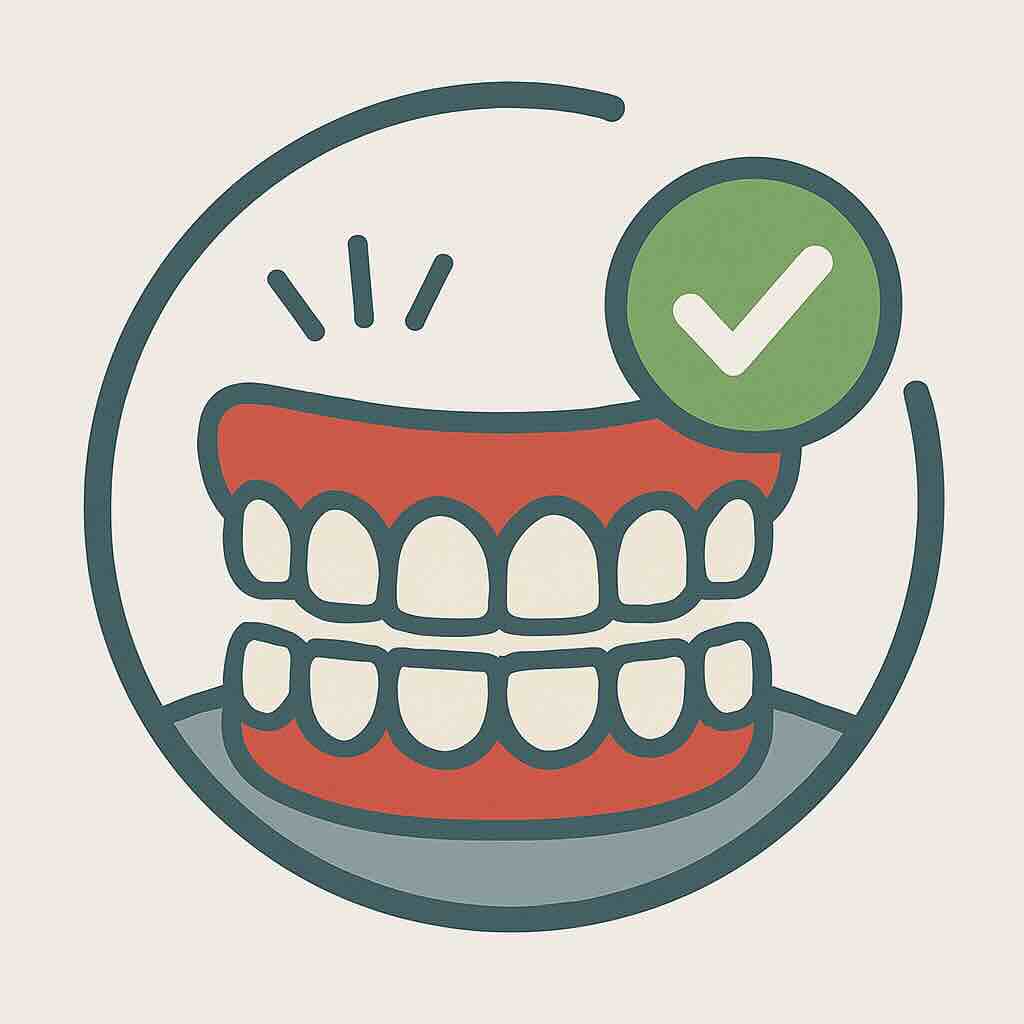Toothaches, broken teeth, or sudden swelling can’t wait for a routine appointment.
At KYT Dental Services, we provide same-day emergency exams to relieve pain quickly and get you back on track.


Dental emergencies don’t just cause pain — they signal problems that can worsen quickly if ignored. An emergency exam:




✨ Same-day appointment for urgent pain or trauma
✨ X-rays and evaluation of the specific tooth or area
✨ Immediate relief through medication or treatment
✨ Goal: stop the problem from getting worse
Bottom Line: Emergency exams are short, targeted, and designed to give you relief fast.

⚠️ Full-mouth exam of all teeth, gums, and bite
⚠️ Multiple X-rays and digital scans as needed
⚠️ Screening for cavities, gum disease, and oral cancer
⚠️ Goal: protect long-term health, not just solve today’s issue
Bottom Line: Comprehensive exams give you the full picture of your oral health, preventing small problems from becoming emergencies.
Emergency Exam:
Comprehensive Exam:





